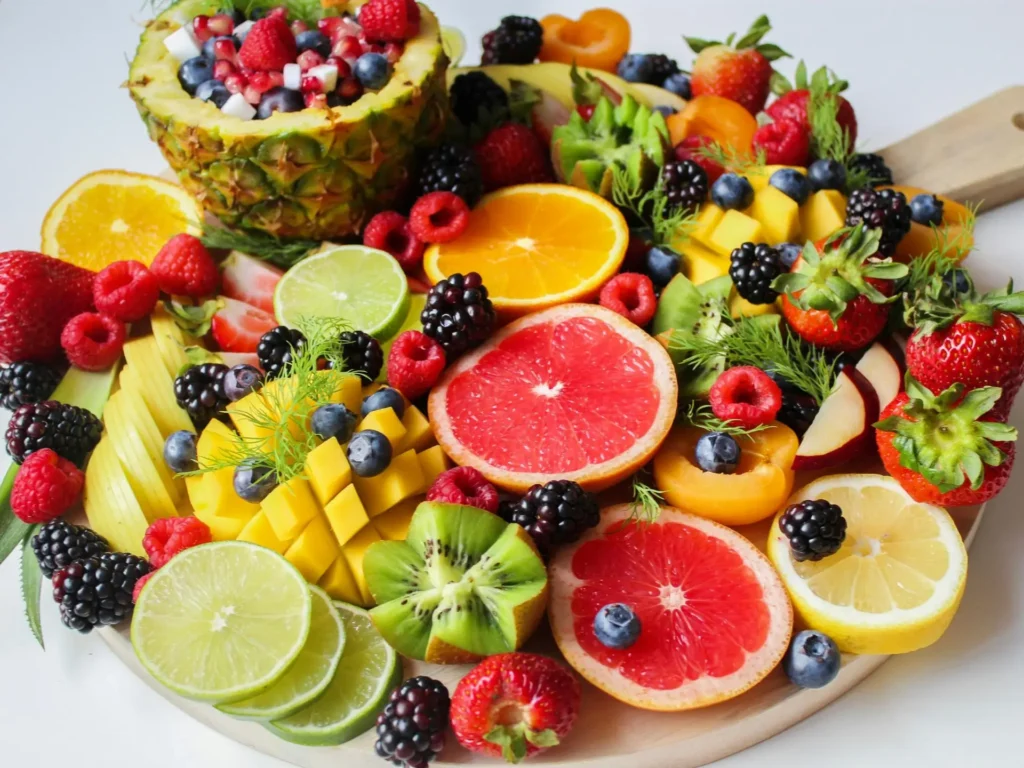Dieting can often feel like a daunting and restrictive endeavor, but it doesn’t have to be that way. With the right approach, you can adopt healthier eating habits and achieve your weight loss goals without feeling deprived or miserable. In this post, we’ll explore practical strategies to help you diet without it feeling like you’re on a diet.
Mindful Eating – Savoring Your Food and Enjoying Every Bite
Mindful eating is about paying full attention to the experience of eating and drinking, both inside and outside the body. This practice can transform your relationship with food, making meals more enjoyable and less of a chore.

What is Mindful Eating?
Mindful eating involves being fully present during your meals, focusing on the flavors, textures, and aromas of your food. It’s about eating slowly, savoring each bite, and listening to your body’s hunger and fullness cues. This approach helps you appreciate your food more and recognize when you’re truly satisfied, which can prevent overeating.
How to Practice Mindful Eating
-
Eliminate Distractions: Turn off the TV, put away your phone, and focus solely on your meal. This helps you tune into your body’s signals and enjoy your food without mindless eating.
-
Take Your Time: Chew your food thoroughly and savor each bite. Eating slowly allows your body to register fullness more accurately, preventing overeating.
-
Appreciate Your Food: Take a moment to appreciate the colors, smells, and presentation of your meal. Engage all your senses to enhance your eating experience.
-
Listen to Your Body: Pay attention to your hunger and fullness cues. Eat when you’re hungry and stop when you’re comfortably full.
Benefits of Mindful Eating
Mindful eating can help you develop a healthier relationship with food, reduce overeating, and enjoy your meals more. It shifts the focus from restrictive dieting to a more pleasurable and satisfying eating experience.

Incorporating Nutrient-Dense Foods – Fueling Your Body with What It Needs
Incorporating nutrient-dense foods into your diet is key to feeling satisfied and energized while losing weight. These foods provide essential vitamins, minerals, and other nutrients without excessive calories.
What Are Nutrient-Dense Foods?
Nutrient-dense foods are rich in nutrients relative to their calorie content. They include fruits, vegetables, whole grains, lean proteins, and healthy fats. These foods provide the essential nutrients your body needs to function optimally while helping you feel full and satisfied.
How to Incorporate Nutrient-Dense Foods
Fill Half Your Plate with Vegetables: Vegetables are low in calories but high in fiber, vitamins, and minerals. Aim to fill half your plate with a variety of colorful vegetables at each meal.
Choose Whole Grains: Swap refined grains for whole grains like brown rice, quinoa, and whole wheat bread. Whole grains are more filling and nutritious, helping you stay satisfied longer.
Include Lean Proteins: Incorporate lean protein sources such as chicken, turkey, fish, beans, and tofu. Protein is essential for muscle maintenance and can help control hunger.
Add Healthy Fats: Include sources of healthy fats like avocados, nuts, seeds, and olive oil. Healthy fats are satiating and can enhance the flavor of your meals.
Snack Smart: Choose nutrient-dense snacks like fruit, nuts, yogurt, or veggie sticks with hummus. These options are satisfying and provide essential nutrients between meals.
Benefits of Nutrient-Dense Foods
Eating nutrient-dense foods ensures that your body gets the essential nutrients it needs while keeping you full and satisfied. This approach helps you maintain energy levels and avoid the feelings of deprivation often associated with dieting.

Flexibility and Balance – Allowing Yourself to Enjoy Treats in Moderation
One of the biggest challenges of dieting is feeling deprived of your favorite foods. However, a balanced approach that allows for occasional treats can make your diet more sustainable and enjoyable.
What is Flexible Dieting?
Flexible dieting, also known as the 80/20 rule, involves eating healthy, nutrient-dense foods 80% of the time and allowing for more indulgent foods 20% of the time. This approach helps prevent feelings of deprivation and promotes a healthier relationship with food.
How to Practice Flexible Dieting
Plan for Treats: Incorporate small treats into your diet in a mindful way. This could be a piece of dark chocolate after dinner or a slice of cake at a celebration.
Avoid Guilt: Enjoy your treats without guilt. Remember that occasional indulgences are a normal part of a balanced diet.
Portion Control: When indulging, be mindful of portion sizes. Enjoy a smaller serving of your favorite treat rather than overindulging.
Balance Your Meals: Ensure that the majority of your meals are balanced and nutritious. This provides a strong foundation for your diet and makes occasional treats more manageable.
Stay Active: Incorporate regular physical activity into your routine to support your dietary goals and overall health.
Benefits of Flexible Dieting
Flexible dieting makes it easier to stick to a healthy eating plan long-term. It reduces the psychological stress associated with strict dieting and allows you to enjoy your favorite foods in moderation.
Conclusion
Dieting doesn’t have to feel like a restrictive and joyless experience. By practicing mindful eating, incorporating nutrient-dense foods, and adopting a flexible approach, you can achieve your health and weight loss goals without feeling deprived. These strategies can help you develop a healthier relationship with food, making it easier to maintain your diet and enjoy the process.
Remember, the key to successful dieting is finding a balance that works for you and your lifestyle. Embrace these tips, and you’ll discover that eating well can be both satisfying and enjoyable.




